Many moons ago, the Japanese car industry underwent what can only be described as a golden era. Manufacturers were flush with cash, and their engineering will went seemingly unchecked. Many of its most heroic models have since found themselves as popular as ever, today, but there were countless other performance oddities that have slipped through the cracks.
Here are ten of the greatest JDM gems that were never officially sold outside of Japan.
Mitsubishi Lancer Evolution IX Wagon
- Produced: 2005-2007
- Engine: 1997cc, inline-4, turbo
- Output: 206kW/392Nm
That didn’t slow down the Evo Wagon, though, with a Japanese outlet recording a stonking 4.8 second sprint to 100km/h. Three variants were available, the base GT, automatic GT-A (no self-shifting ‘box was available for the sedan), and MR – which stands for Mitsubishi Racing.
The automatic GT-A used a smaller turbo and non-MIVAC version of the 4G63, and made up roughly 50 per cent of all models purchased. While only sold in Japan, the Evo Wagon was a smash hit. Initially Mitsubishi stated it was only putting 2500 Wagon variants into production, but VIN data suggests nearly 3000 long roofed Evos were eventually built. Grey Imports ensured the rest of the world found out exactly what they were missing out on.
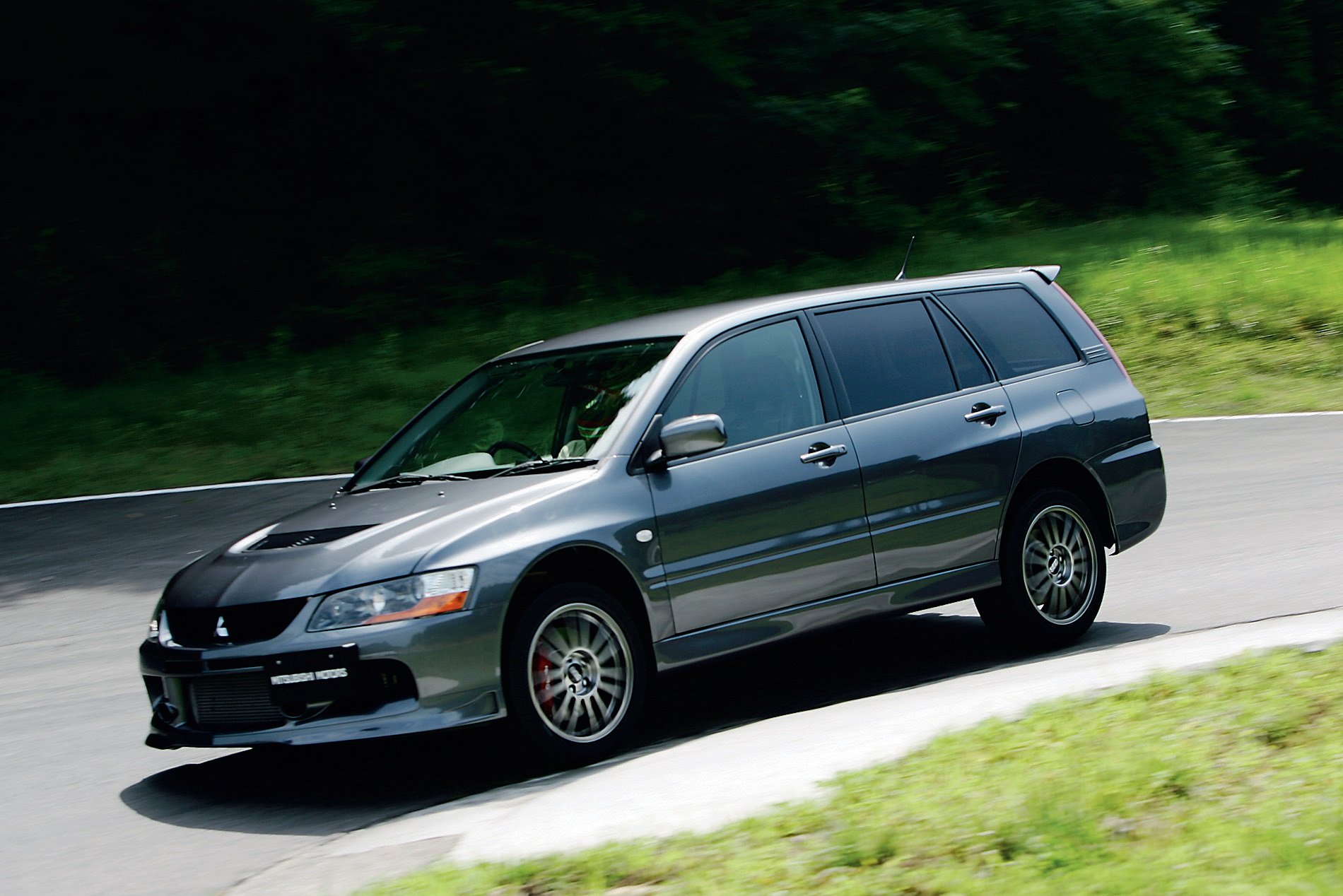
Honda CL1 Accord Euro-R
- Produced: 1997-2002
- Engine: 2157cc, inline-4, N/A
- Output: 164kWkW/221Nm
The result was a Civic Type R hidden in a sleek four-door package. Fitted with the ‘red top’ version of the H22A engine which revved to 8000rpm, the Euro-R put its power to the ground via a five-speed manual transmission and helical Torsen limited-slip diff. Other standard equipment included Recaro seats, MOMO steering wheel, sports exhaust with 4-2-1 stainless headers, aluminium gear shift, and sports suspension.
Additionally the Euro-R could also be specced in colours not available in the regular Accord range, like Milano Red. We considered including the DC2 Integra Type R sedan in this list, but opted for the Accord due to its less-recognised status, and smaller production numbers (with under 2000 being built compared to the Teggy’s circa 5000).
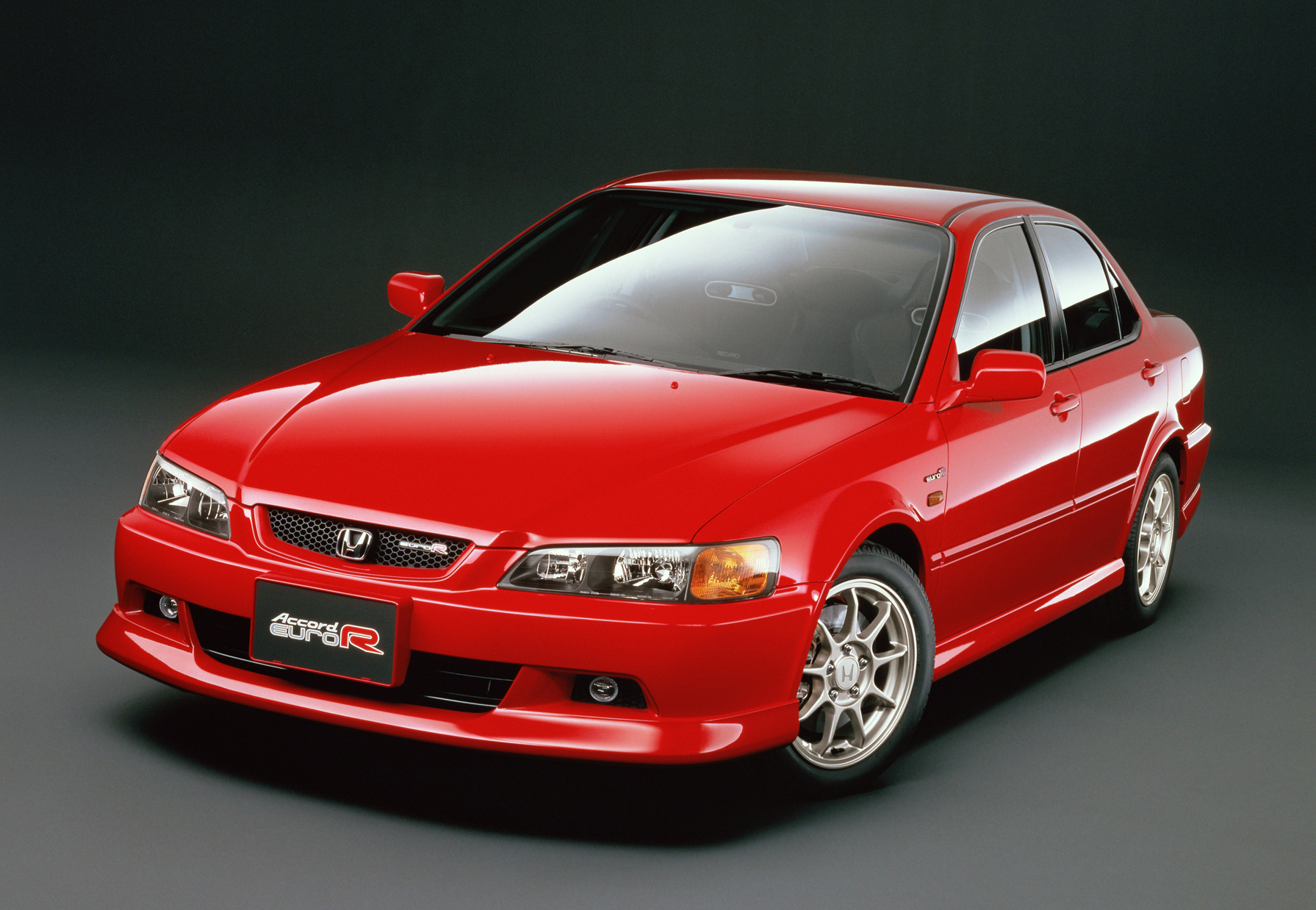
Autech Nissan Skyline GT-R R33 sedan
- Produced: 1998
- Engine: 2568cc, inline-6, twin-turbo
- Output: 206kW/368Nm
At the top of this sleeper tree is the Autech GT-R sedan. Revealed at the Tokyo Motor Show in ’97 as a concept car, it was put into production a year later. The body is shared with the standard Skyline R33 4-door, but with redesigned rear doors and fenders to match the blistered look of the 2-door GT-R, which donated its mechanicals – including the legendary RB26DETT engine and ATTESA AWD System. The result is one of the greatest performance sedans of the era, but it never escaped Japan.

Mazda NB MX-5 Type-S coupe
- Produced: 2004
- Engine: 1840cc, in-line 4, N/A
- Output: 109kW/168Nm
In total there were four model grades available of the hard-top MX-5 – the rarest being the Type S, of which just 63 ever existed – making it rarer than the McLaren F1! Base models were fitted with a 1.6-litre engine, while the 1.8 was slotted under the bonnet of the Type S, Type A, and Type E (the latter equipped with a four-speed automatic instead of a six-speed manual).
To construct the Roadster Coupe, partly-completed convertible body shells were taken off the main production line, with the new bodywork added by hand in a bespoke workshop by the Mazda Engineering and Technology team. By integrating the roof into the chassis construction (instead of simply placing it atop like aftermarket solutions), the specialist skunkworks improved the NB’s torsional rigidity significantly, but only added 10kg to the convertible’s 1065kg kerb weight.
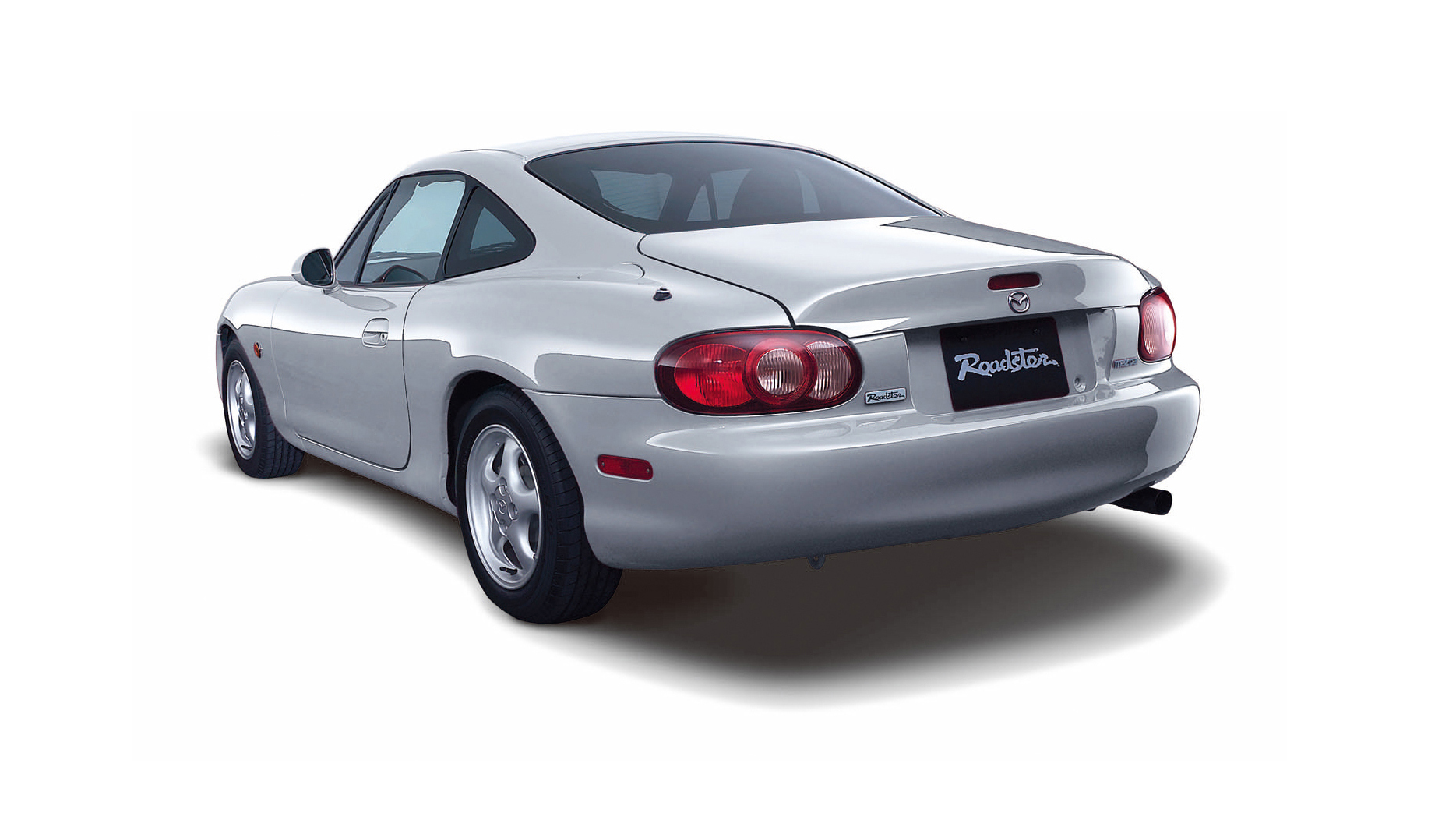
Nissan Fairlady 200ZR
- Produced: 1985-1989
- Engine: 1998cc, inline-6, turbo
- Output: 158kW/264Nm
By time the Z32 rolled around, Nissan’s Fairlady was an entirely V6 affair, and has never gone back. We considered putting the S30 Fairlady Z 432R here, and while we respect its rarity and heritage, we thought we’d celebrate a lesser known member of the family.
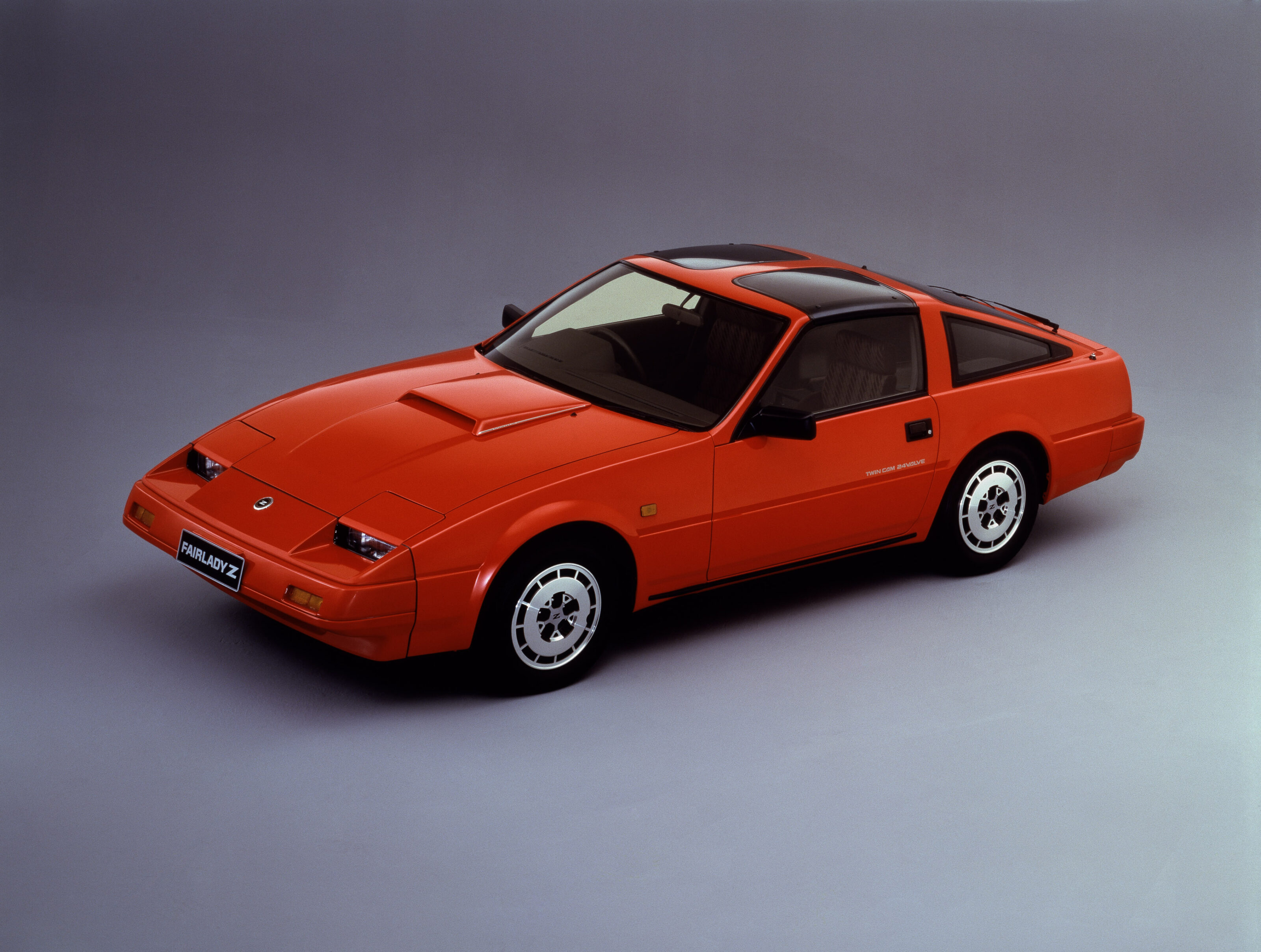
ASL Garaiya
- Produced: 2003-2004
- Engine: 1998cc,in-line 4, N/A
- Output: 140kW/196Nm
From that, ASL (Autobacs Sports Car Laboratory) was born, using the Tommykaira ZZ as the base for what would become the Garaiya. While the engine was the same SR20VE used in the Primera, the Garaiya weighed just 900kg, used a manual transmission, and was fitted with scissor doors like the lovechild of a Lotus Exige and Lamborghini Murcielago.
The few willing customers that laid down cash to own a Garaiya could then join ASL’s development team for final sign-off on the suspension tune for their specific vehicle. A racing version of the Garaiya (pictured) was built to compete in SuperGT’s GT300 category, using a Nissan VQ V6 after the SR20 was found lacking in power compared to the competition. A faster version of the Garaiya (dubbed RS-01) was slated for production using the engine and drivetrain from a Nissan GT-R, but was never built.
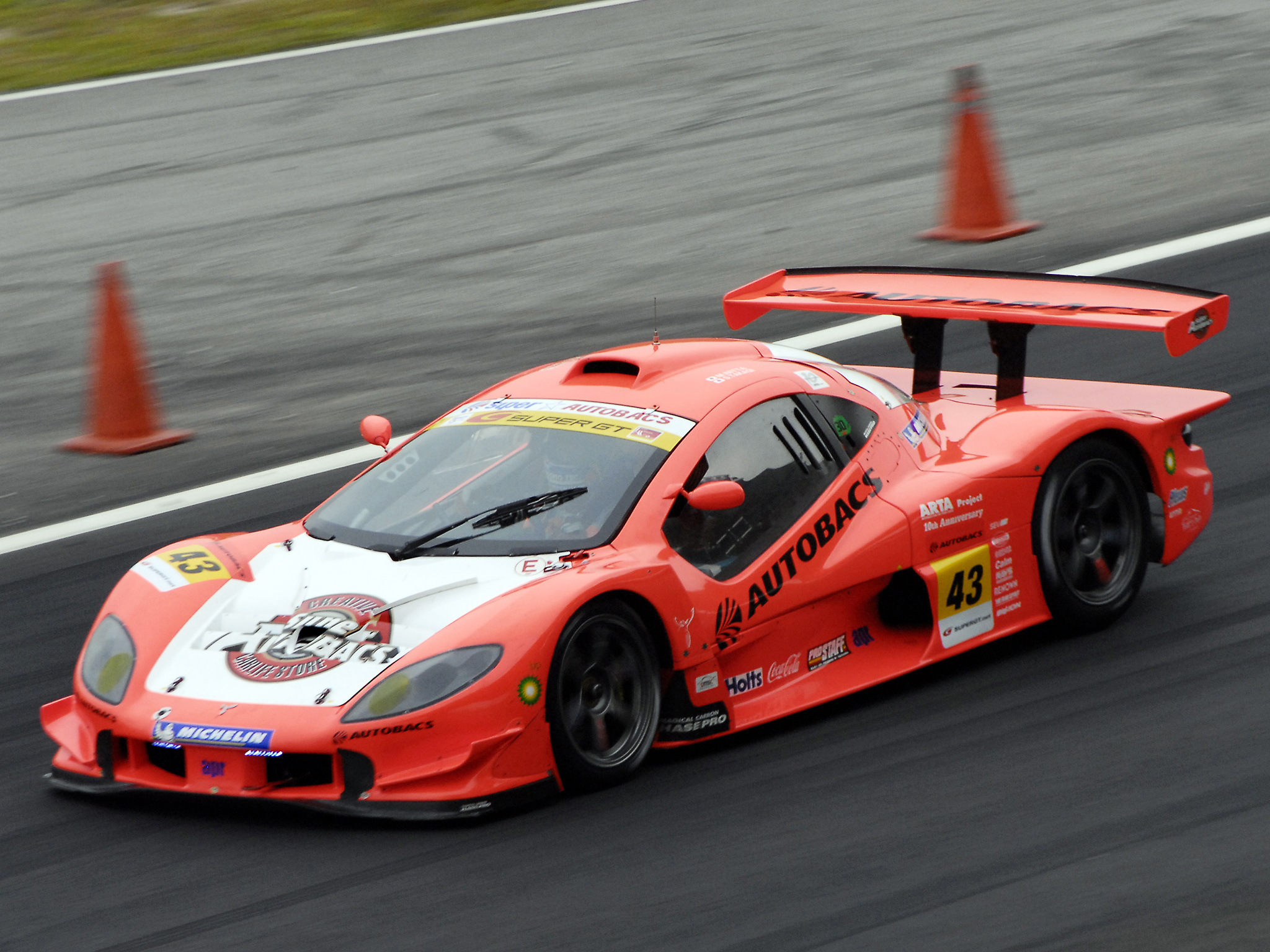
Nissan March Super Turbo
- Produced: 1988-1992
- Engine: 930cc, in-line 4, twin-charged
- Output: 81kW/130Nm
Nissan soon realised there was a market for a road-going version of its one-make racer, promptly fitting a proper interior before selling it to the public. So popular was the Super Turbo, that it Nissan ended up building 10,000 of the things. This was the 911 R of the March family, with electric mirrors and air conditioning being moved from standard equipment to the options list. The track was widened, and Super Turbos were fitted with meatier rubber than the rest of the K10 family.
Using a supercharger for low-down torque, and a turbocharger for high-end boost, the MA09ERT engine sent 81kW and 130Nm to the front wheel via a viscous limited-slip diff and five-speed manual. Those outputs are pretty decent when you consider the race cars weighed just 620kg, and the road-going versions a meagre 750kg. It remains to this day the fastest variant in the March/Micra family, with Nissan’s official performance testing claiming a 7.7 second sprint to 100km/h, and 15.5 second quarter mile.
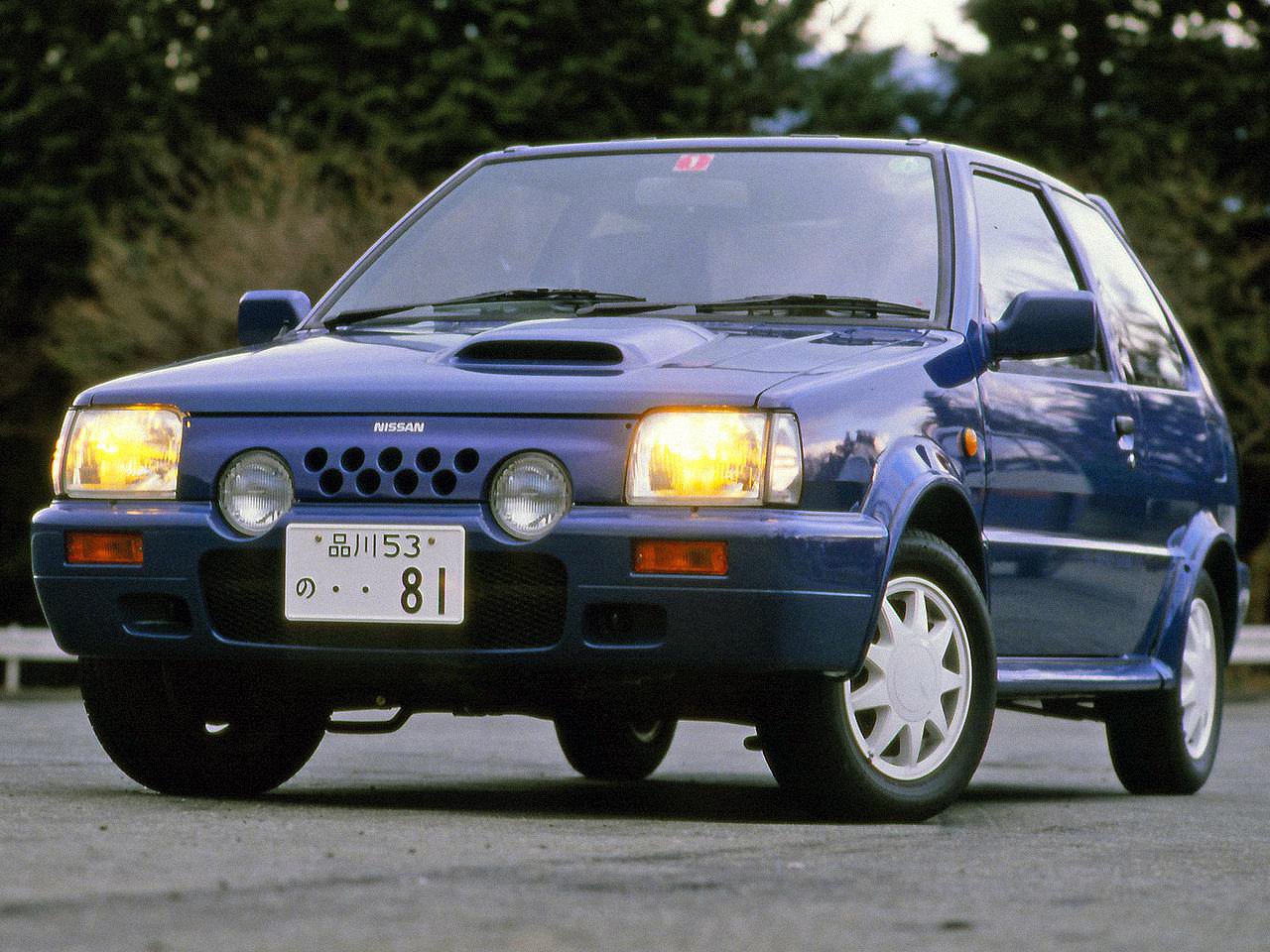
Toyota Caldina GT-Four N
- Produced: 2002-2007
- Engine: 1998cc, in-line 4, turbo
- Output: 191kW/324Nm
At the end of its production, a sportier N Edition variant was built in honour of legendary Toyota test driver Hiromu Naruse, who was central to the development of the GT-Four Celica. This version gained a torsen type LSD on the rear axle, along with a front upper strut bar, Recaro seats, improved shocks, and altered spring rates. The Caldina was the last car Toyota ever used the GT-Four badge on.
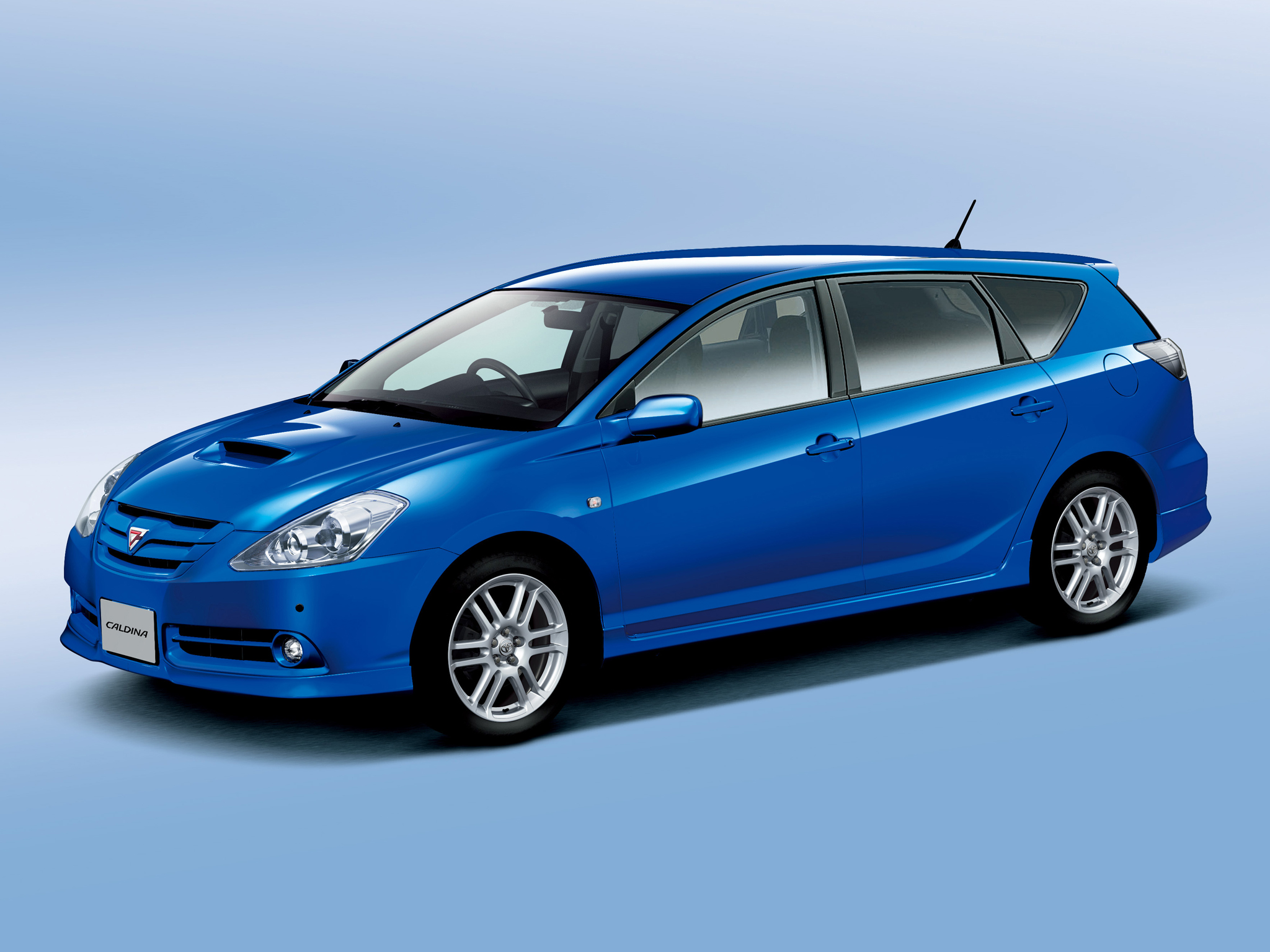
Subaru Impreza WRX STi S202
- Produced: 2002-2004
- Engine: 1994cc, flat-4, turbo
- Output: 234kW/384Nm
Billed as a competition-inspired special edition, the S202 was the second to join the family, and remains one of the most sought after with just 400 built. Despite ostensibly being a road car, the S202 was devoid of sound deadening, and gained trick race bits like a titanium muffler and adjustable carbon fibre rear wing. The steering rack was tweaked for greater feel and involvement for the driver, while the EJ20 engine got a new ECU, raising the rev limit and widening the power band, along with molybdenum coated pistons and hollow intake valves. Vape pen not included, unfortunately.

Toyota Altezza RS200 Z Edition
- Produced: 1998-2000
- Engine: 1998cc, in-line 4, N/A
- Output: 154kW/216Nm
While an atmo 2.0-litre four-cylinder might not sound like the gutsiest powerplant by modern standards for a mid-size sedan, at the time it was a perfect fit for the Altezza. In the RS200, Toyota fitted a BEAMS version of the 3S-GE, which ran a compression ratio of 11.5:1 and sent power to the rear axle via a six-speed manual.
The RS200 was a lightweight, rear-drive, manual, naturally aspirated sedan built with the driver in mind. Good luck finding one of those in 2021.
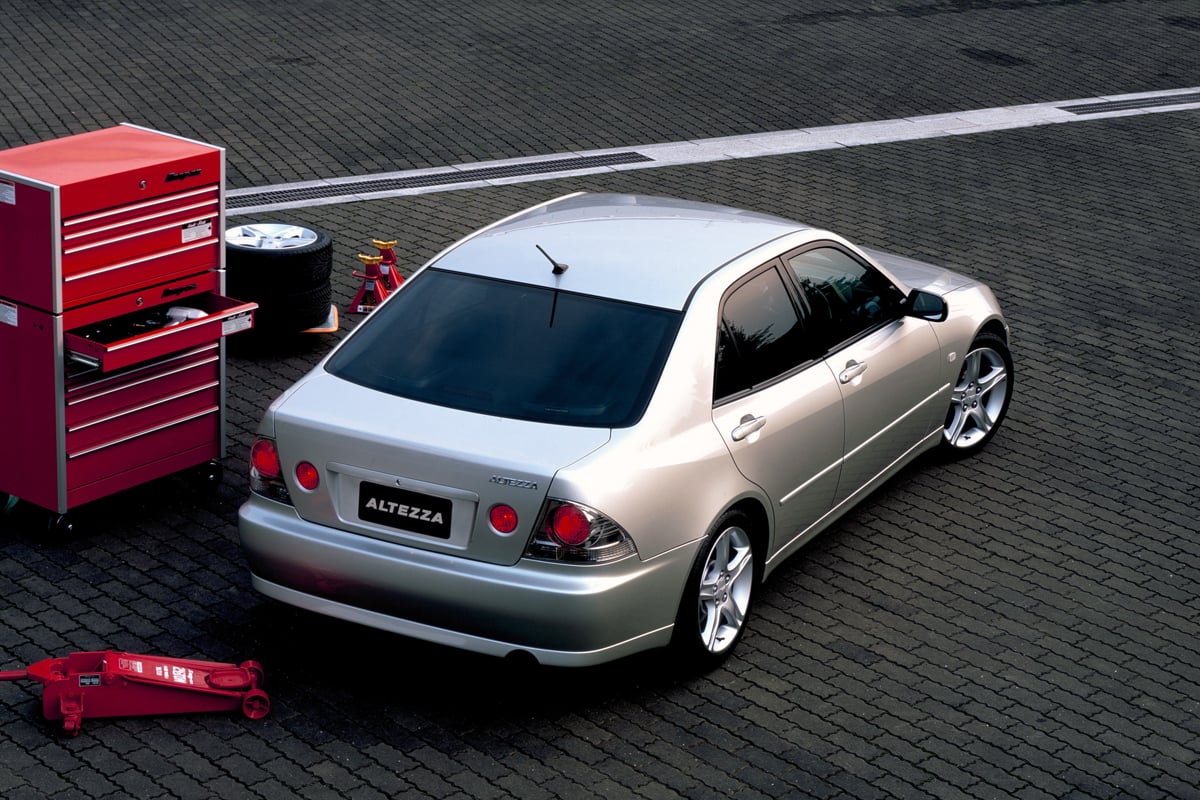
We recommend
-
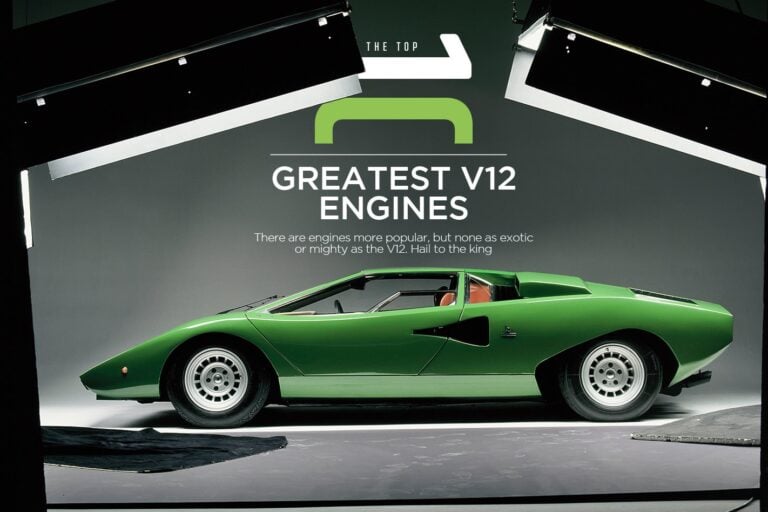 Features
FeaturesThe top 10 greatest V12 engines
There are engines more popular, but none as exotic or mighty as the V12. Hail to the king
-
 Features
FeaturesPeter Robinson's top ten Ferraris
Robbo has steered almost every production Ferrari since the Dino 246, so to mark 70 years of the Prancing Horse, he lays out his top 10






